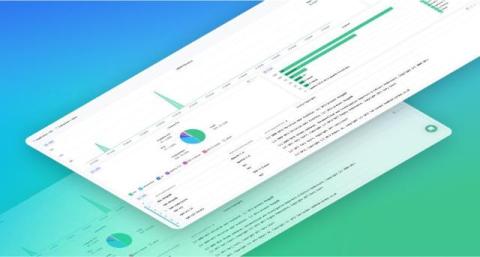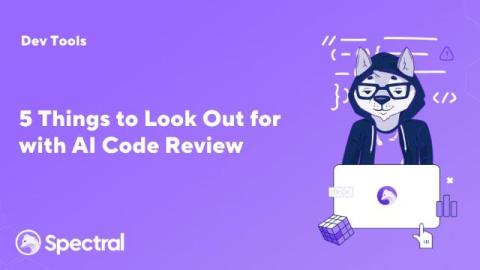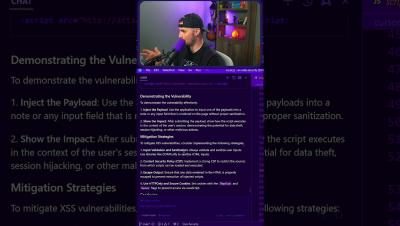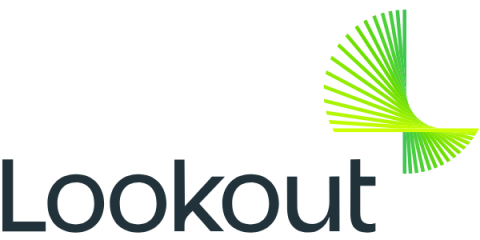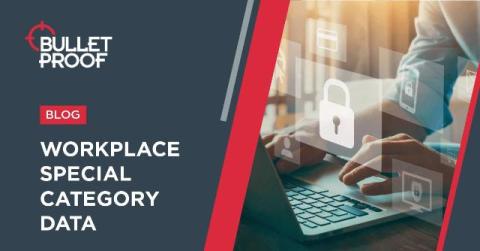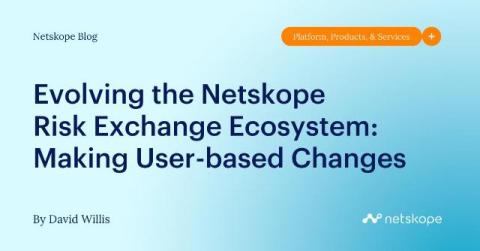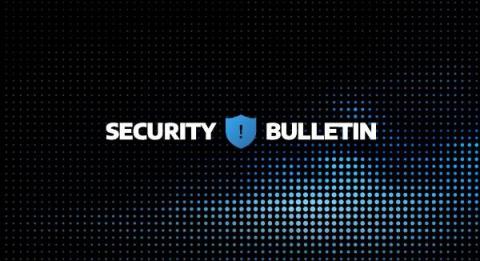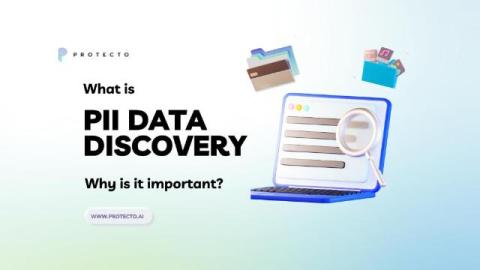How Microsoft E5 Security Helps Protect Healthcare and Patient Data
In the healthcare industry, safeguarding patient data is not just a regulatory requirement but a moral imperative. With the increasing digitization of health records and the rise in cyber threats, healthcare organizations need robust security solutions. Microsoft E5 offers a comprehensive suite of security features designed to protect sensitive healthcare data. Coupled with Trustwave’s Microsoft expertise, organizations can get the most out of their E5 investments.



